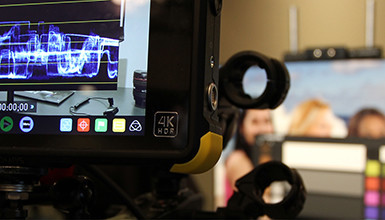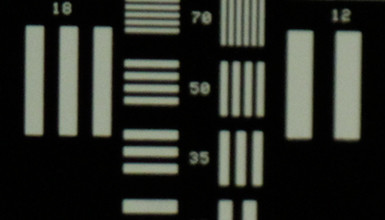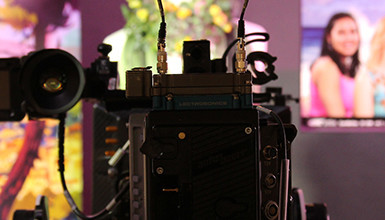Technical Standards
Tutorials & Guides
It occurred to us when creating the Camera Mounted Recorders comparison chart that there is often confusion around different HD formats. In 2009, I wrote up a blog titled Making Sense of HD Formats that covered the different HD formats used today. But what I didn't go into was those other words and numbers that we often see associated with a video compression format: bit rate and bit depth.
Tutorials & Guides
In the second part of our three-part series on the Sony PMW-F3, I look into the camera's dynamic range and the various gamma modes that it offers. The test results were quite impressive, and I learned more about the different Cine Gamma modes built into the camera.
Tutorials & Guides
A few weeks ago, Jesse Rosen wrote an article explaining the technical definition of LOG-encoded video and how it differs from a viewing gamma such as REC709. To better understand how you might use LOG capture in production, I shot this video illustrating the differences.
Tutorials & Guides
Our eyes perceive brightness differently than an electronic sensor does. Video monitors are locked into a standard for color and contrast, but now Digital Cinema camera systems are being used to capture images that are used and displayed in media that can see well beyond those limitations.
Tools, Charts & Downloads
Today's cinematographer is constantly switching between a variety of cameras and lenses. For a long time, the professional standard in film and sensor sizes were 16mm, 35mm and 2/3". Recently the choice of digital cameras has increased, and this has created a lot of confusion concerning sensor size, focal length and field of view.
Tutorials & Guides
0
A lens is a lens is a lens, and it doesn't know what size sensor or film gate is placed behind it. A lens projects light and the magnification size of that projection is determined by its focal length.
Tutorials & Guides
In the last few years, MTF has become a buzzword in both cine and HD lens circles, but there is still a lot of confusion about just what it is, what it can and can't do, and what it means to the cinematographer in a practical sense. In this article, I will attempt to clear up some this confusion by explaining what MTF means from a technical standpoint.
Tutorials & Guides
There's a lot of misinformation out there about rolling shutters on electronic cameras and how they do or do not affect the image. The popularity of the Sony PMW-EX1 and EX3 cameras has really stepped up this debate. But what does it actually mean? In brief, a Global Shutter captures all of the information from every photosite on a chip all at once. A Rolling Shutter reads off the photosites line by line. But that's just the beginning. Let me try to clear up some misnomers and misconceptions.
Tools, Charts & Downloads
We created this quick glossary as a useful reference for understanding some of the common terms used in our blogs.
- Previous
- Page 5 of 5























